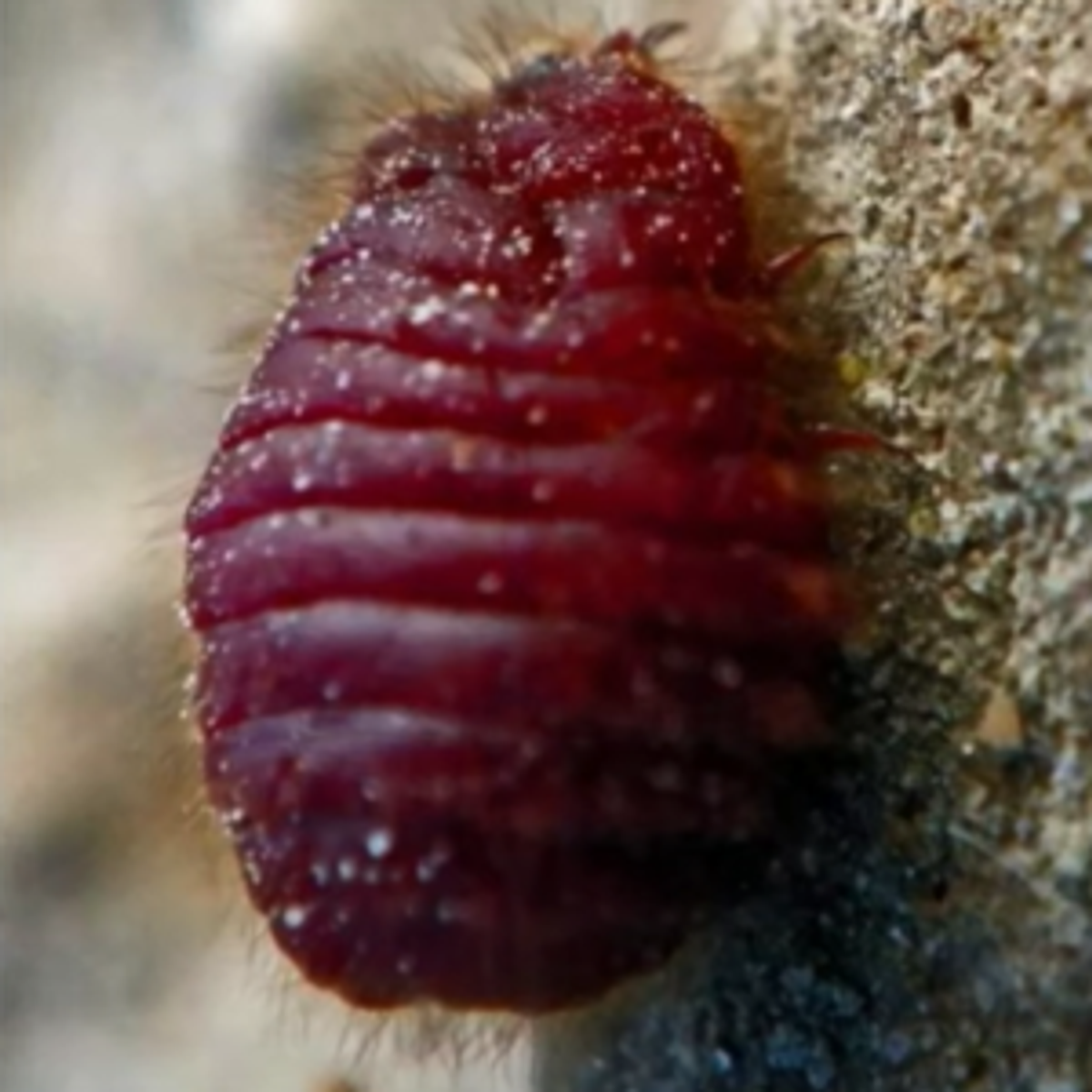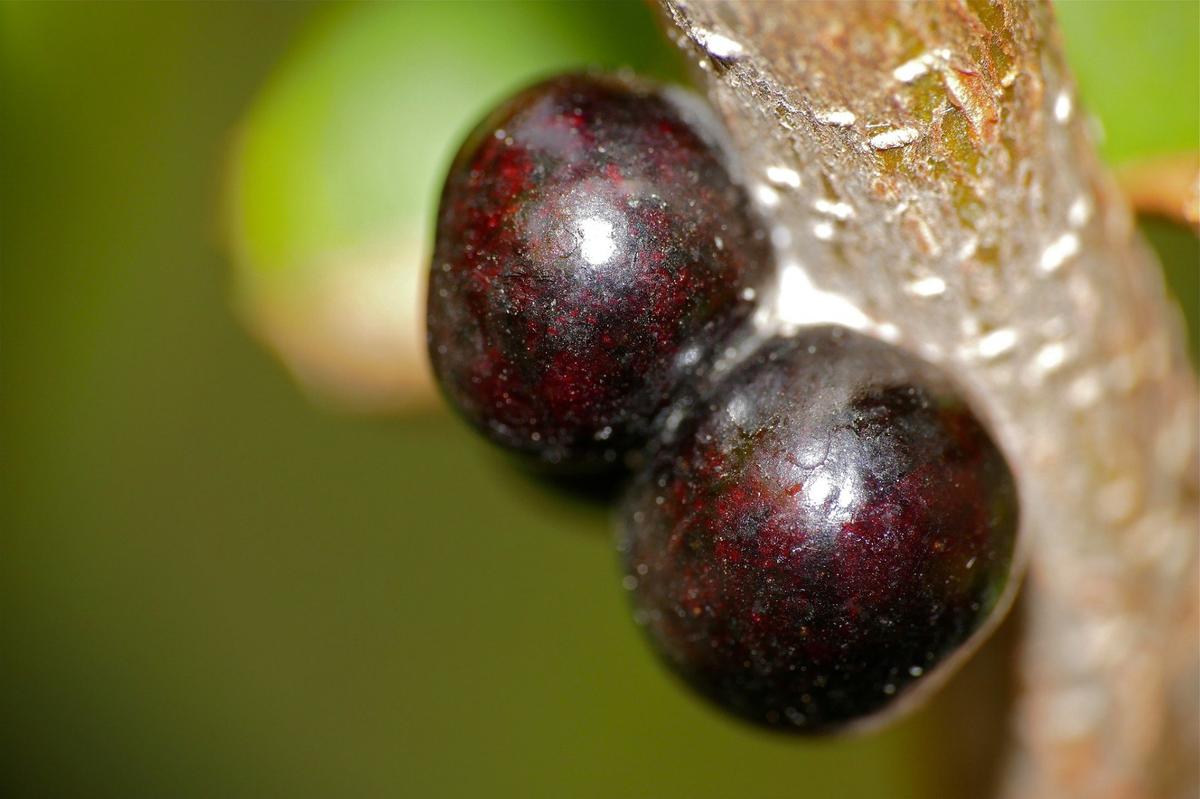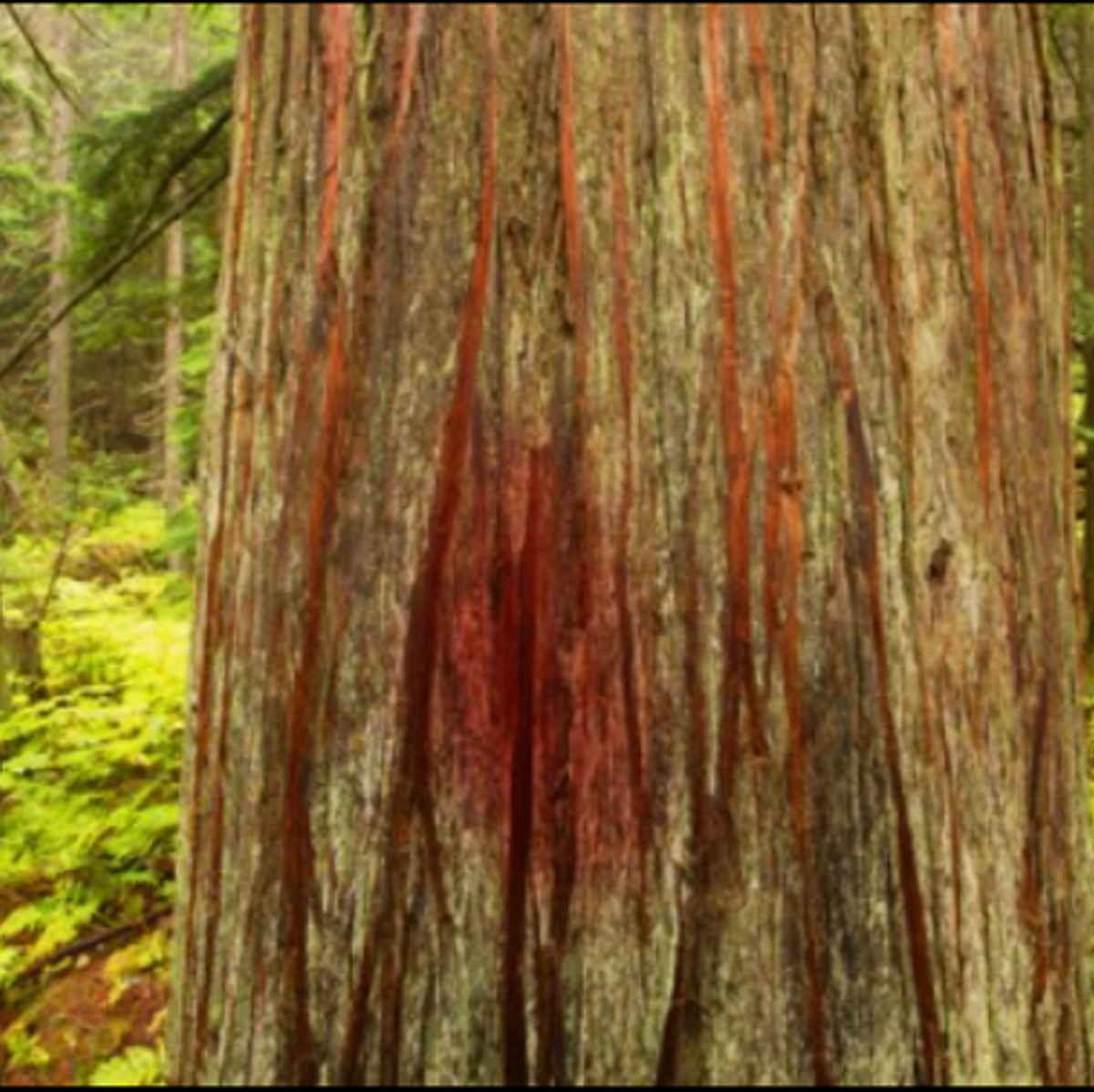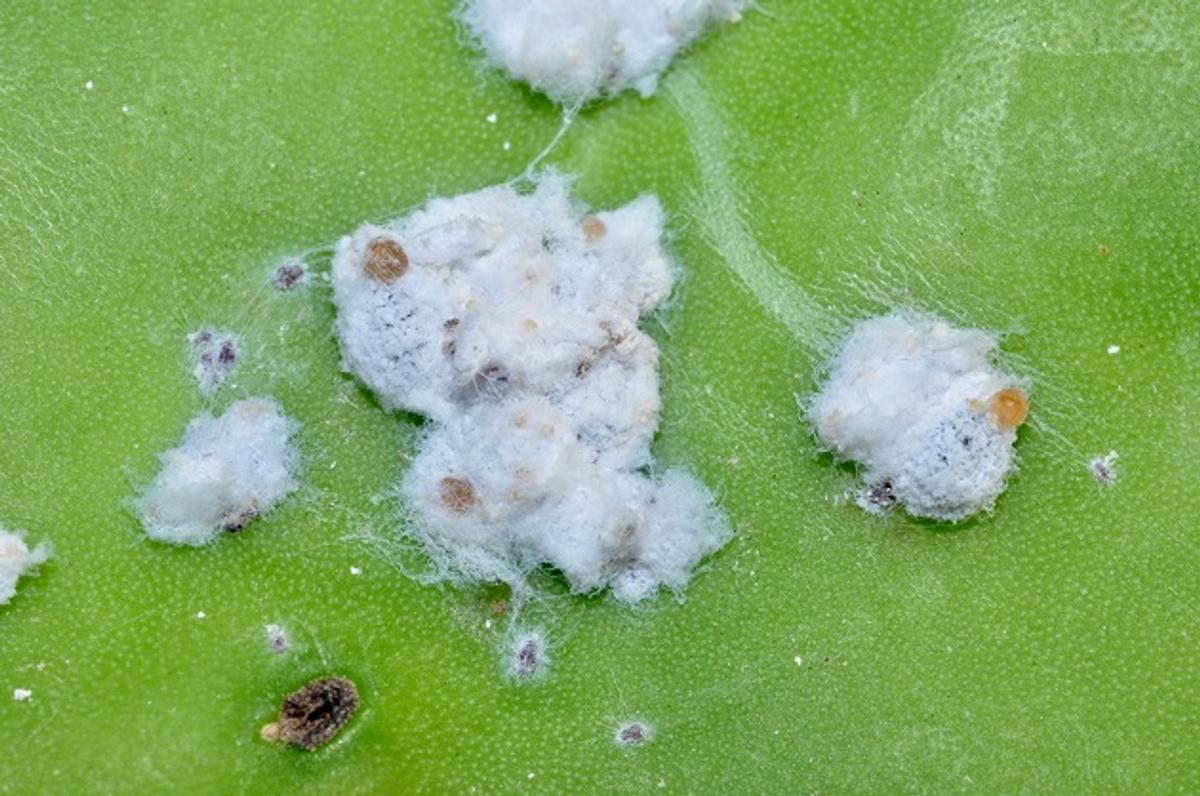An Easter Reflection
Tim Argall - Executive Principal

An Easter Reflection
Tim Argall - Executive Principal
A few weeks ago at Monday morning all-staff devotions, one of our Primary teachers, Hannah Simpkins, led us in a fascinating journey of discovery of images of Easter, played out in the animal world. I asked Hannah’s permission to share it with you this week – it is a wonderful narrative of how God’s perfect plan for us has an amazing analogy in the life of a small, seemingly insignificant, part of God’s creation.
Enjoy the read, and thanks Hannah for this.
To all in the Donvale Christian College community, may the peace and reconciliation won for us by Jesus on the Cross, and the redemption known in our salvation, be a source of enormous encouragement and blessing this Easter.
Shalom.
Hannah Simpkins
If you google references to the Crimson Worm, you will find lots of people reference Psalm 22:6-8.


But I am a worm and not a man, scorned by everyone, despised by the people.
All who see me mock me; they hurl insults, shaking their heads. “He trusts in the Lord,” they say, “let the Lord rescue him.
Let him deliver him, since he delights in him.”
Psalm 22 has been described as being prophetic because it gives a “picture” of the cross from the perspective of Jesus. In great detail, this psalm describes the suffering and death of Jesus that would take place 1,000 years after the psalm was penned by David, and it is the psalm that is quoted by Jesus when he cried out on the cross “My God, my God, why have you forsaken me?”
When we go down to verse 6 of this psalm it says “But I am a worm, and no man…”. Now Jesus was certainly a man on the cross. So what did the psalmist mean when he wrote, “But I am a worm?”
The common Hebrew word for “worm” is “rimmah,” and it is defined as a maggot or a worm. However, in Psalm 22, the word used for worm in the Hebrew translation is “towla-ah”.
This word “towla-ah” in Hebrew denotes not only a worm but also identifies it as a Crimson or Scarlet Worm common to the Middle East and predominantly found in Israel. And in this crimson worm, we find a hidden meaning of biblical significance.
The Life Cycle of the Crimson Worm
The Crimson Worm looks more like a grub than a worm. In the lifecycle of this worm is where the deeper meaning is found. And it points to the work of Jesus on the cross.
When the female crimson worm is ready to lay her eggs, which happens only once in her life, she climbs up a tree or fence and attaches herself to it. With her body attached to the wooden tree, a hard crimson shell forms. It is a shell so hard and so secured to the wood that it can only be removed by tearing apart the body, which would kill the worm.


The female worm lays her eggs under her body, under the protective shell. When the larvae hatch, they remain under the mother’s protective shell so the baby worms can feed on the living body of the mother worm for three days.
After three days, the mother worm dies, and her body excretes a crimson or scarlet dye that stains the wood to which she is attached. But it doesn’t just stain the wood to which the worm adhered itself to willingly. It stains the children as well, the baby worms, that have been made alive by her sacrifice. The baby worms remain crimson coloured for their entire lives. That’s where the crimson worm gets its name. They are born translucent, but when they feed on the living body of the mother, they are now stained blood red for the rest of their lives. Alive because of the death of the one who gave them life.


On day four, the tail of the mother worm pulls up into her head, forming a heart-shaped body that is no longer crimson but has turned into a snow-white wax that looks like a patch of wool on the tree or fence. It then begins to flake off and drop to the ground looking like snow.


So, how is Jesus like this Crimson Worm?
Charles Spurgeon once reflected on this topic and wrote this:
“There is a little red worm which seems to be nothing else but blood when it is crushed. It seems all gone except a bloodstain. And the Saviour, in the deep humiliation of His spirit, compares Himself to that little red worm. How true it is that ‘He made Himself of no reputation’ for our sakes! He emptied Himself of all His Glory, and if there is any glory natural to manhood, He emptied Himself even of that! He laid these aside that it might be seen that ‘though He was rich, yet for our sakes He became poor.’”
So, may we be reminded (through a little worm), that it was Christ’s love for us that held Him to that cross and because of His blood poured out, that marks us as His own, may we live as though we are free indeed.